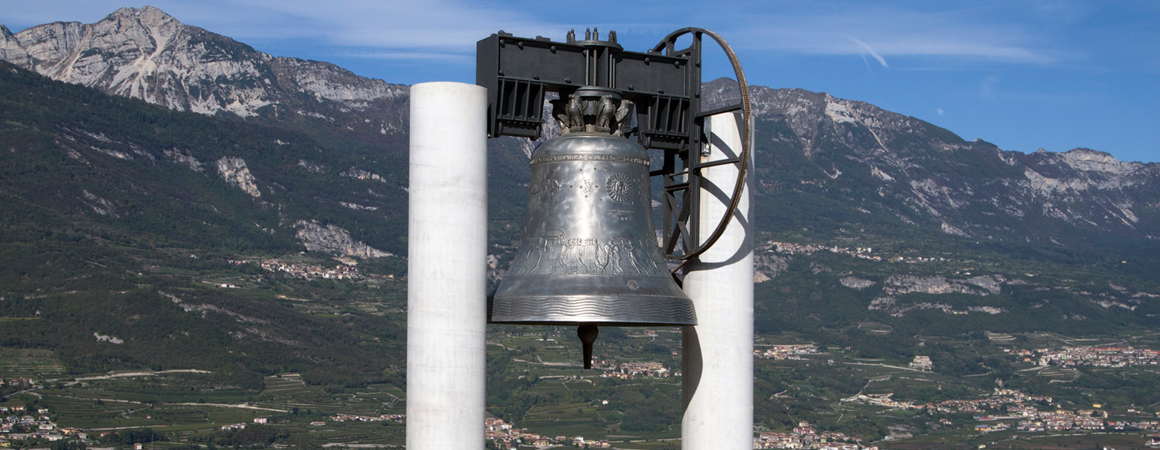BY CARLO TREZZA*
In his foreword to a 2002 United Nations study on disarmament education, then-UN Secretary-General Kofi Annan expressed his satisfaction for the fact that a whole new generation of young people was coming of age «without the ever-present terror of a nuclear catastrophe». He added however, that the flip side of the coin was ignorance and that «the companion of ignorance is complacency: we care little about what we know little about». This was written over 20 years ago. The same could be said today with the weight of the risks of a nuclear clash that have now increased significantly. I won't dwell on the crises and wars taking place today, but I will add that each of them involves one or more countries that possess nuclear weapons.
Awareness and knowledge of the problems is therefore indispensable and must start from education. All UN general secretaries from Kofi Annan onwards have worked actively to ensure that states implement the guidelines established by the aforementioned UN study on disarmament education.
Since then, every two years, the United Nations General Assembly votes on a resolution for which each State is called upon to report what it has achieved in the field of disarmament education.
The reason I decided to focus attention on this theme in the context of the Bell of the Fallen is because not many people know that one of the most interesting and significant events dedicated to disarmament education takes place in Trentino, a few kilometres from Rovereto. This is the winter course that ISODARCO (International School on Disarmament and Research on Conflicts) carries out every year in Andalo. ISODARCO is an Italian non-governmental organization which, since its foundation in 1966, when the Cold War and nuclear arsenals were at their peak, has played a unique role in raising awareness of the risks of nuclear war and an arms race. The NGO maintained this commitment throughout the years of East-West détente and today is more active than ever as a new arms race is underway.
Last month, before the world's leading figures landed with their private jets at the Davos Conference, the ISODARCO participants had already reached the Trentino ski area by bus or train. The idea of organizing what, in a recent article, the newspaper «Avvenire» defines as a «mini-Davos of Disarmament», emerged in a conversation between President and Founder of ISODARCO, the physicist Carlo Shaerf, and Edoardo Amaldi, one of the “Via Panisperna Boys”, disciple of Enrico Fermi. The meeting took place in the aftermath of the Cuban nuclear crisis, which in 1962, brought humanity to the brink of nuclear war.
To avert this danger in the future, the two scientists thought of organizing courses dedicated to the scientific problems of international security and the arms race, in order to build a strategically stable world with a smaller quantity of armaments.
Its founder still directs the school today, while the academic part is currently coordinated by professors Steven Miller and Francesca Giovannini of the Belfer Center of Harvard University. The protagonists of ISODARCO, apart from its teachers, are above all the students who will be the leaders of tomorrow. This year the participants, around one hundred, came from all over the world: in addition to Europe and the United States, India, Pakistan, Iran, China and Korea were also represented. The course offered a unique opportunity to share a week of full immersion in the complex issues of nuclear disarmament and international security with the world's leading experts.
The affinities between ISODARCO and the Rovereto Peace Bell are not only territorial: both initiatives aim to keep the memory and knowledge alive of the suffering caused by war because there is a necessary complementarity between maintaining the collective memory and the search for a balance in reducing rather than increasing the instruments of war that fuel conflicts.
Then there is the symbolic fact that Maria Dolens was built in 1924 with the bronze of the cannons offered by the nations that had participated in the First World War. The physical elimination of armaments constitutes the main raison d'être of disarmament activities. I have personally witnessed and attested to the destruction of tanks, cannons, mines and chemical weapons which transpired as a result of specific international agreements.
Some progress has been made in recent decades: chemical weapons, anti-personnel mines, cluster munitions, nuclear tests, and even the possession and use of nuclear weapons have been prohibited by specific international agreements. Unfortunately, in recent years the reverse process has occurred: many of these commitments have been dismissed or even violated with the risk that in the field of arms control we will return to the "law of the jungle". The risk we run is that the common ground pertaining to the inadmissibility of some of these weapons and the stigmatization of their use will be lost. It is therefore necessary to support and reinforce the objectives pursued through initiatives such as those of the Bell of the Fallen and ISODARCO to keep the memory alive and promote awareness of the risks we are running.
*Ambassador Carlo Trezza is Scientific Advisor to the Institute for International Affairs. He chaired the Disarmament Conference in Geneva and the Advisory Board of the UN Secretary General on Disarmament Affairs in New York.







